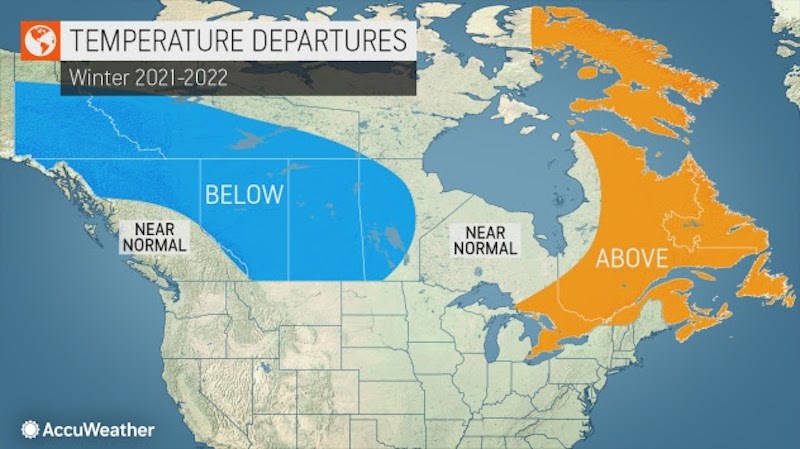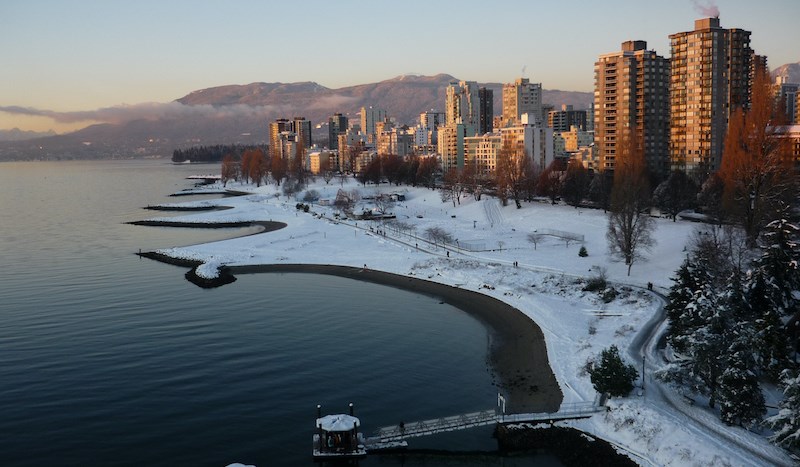Metro Vancouverites who are hoping for a long ski season to hit the slopes might be in luck this year.
AccuWeather has released its 2021-2022 winter forecast for Canada and it calls for decidedly wet weather in southern British Columbia — and that's good news for alpine enthusiasts.
"The upcoming winter is expected to be fairly stormy from southern British Columbia through the Canadian Rockies with many opportunities for significant rainfall and strong winds along the coast," he said.
"Abundant snowfall is expected throughout much of ski country from the Coastal Range of British Columbia through the Rockies of western Alberta."
Above-average amounts of rainfall are expected in Metro Vancouver this winter, which will help ease abnormally dry conditions. According to AccuWeather meteorologist Brett Anderson, the past three winters all brought near to above-normal precipitation, which includes rain and melted snow.
"Based on what I see, I think this winter will be wetter than the past five winters in southern British Columbia," he said. "I think this winter will certainly put a dent in the ongoing severe drought across south-central parts of the province. Conditions have already improved across southwestern British Columbia this fall as drought conditions have almost disappeared."
But not all British Columbian winter sports enthusiasts will enjoy the same conditions.
People may see lower than average snowfall quantities in northern B.C. due to the primary storm track angling so far to the south, Anderson said.

La Niña to usher in colder temperatures in B.C.
All British Columbians should brace for an overall colder, stormier winter season, according to Anderson.
During a La Niña phase, which occurs on average every three to five years, sea surface temperatures in the open waters of the equatorial Pacific Ocean dip to below-average levels. By mid-October, a La Niña phase had officially developed, the National Oceanic and Atmospheric Administration (NOAA) said in a news release.
La Niña's effect on Canada, particularly in the western half of the country, will likely send temperatures falling even lower than they do during the average winter. "This is due to the amplified polar jet stream, which can usher in colder air and more frequent storms."



